Follow and star36Kr
Read three times a day
Faster and deeper insights into internet business
━━━━━━
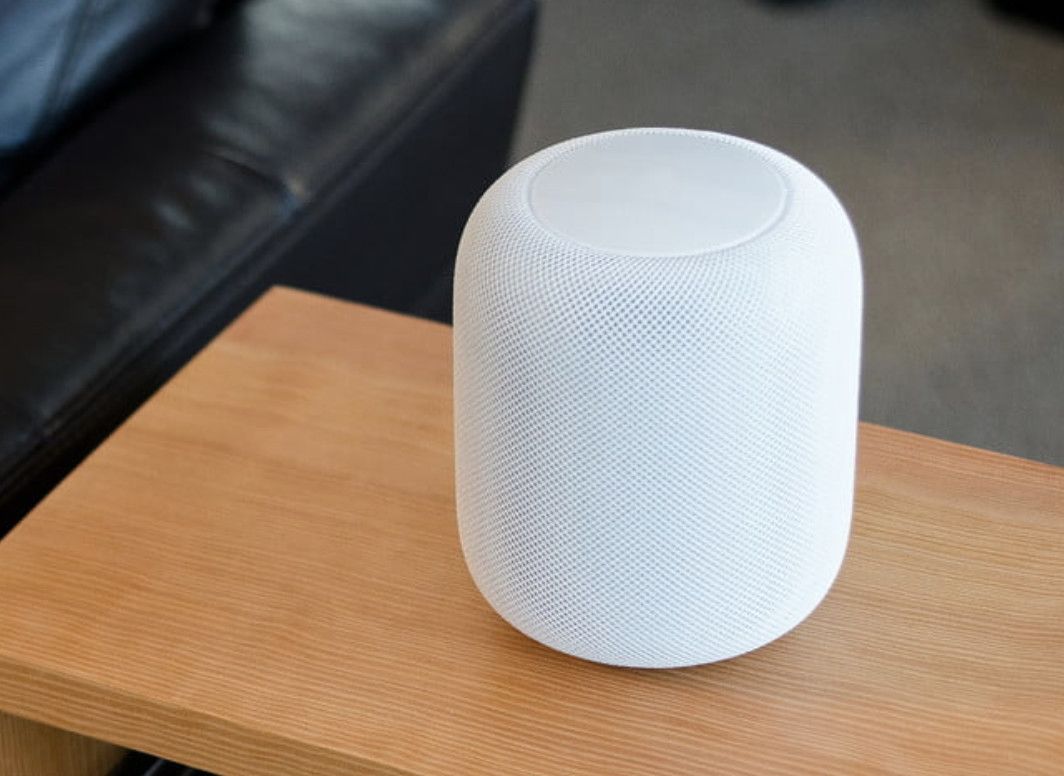
The HomePod will officially go on sale in the Chinese market on the 18th, but why do we compare it to the AirPods of smart home scenarios?
Written by | Song Changle
Since Amazon Echo invented the smart speaker in 2014, the industry has begun to discuss Apple’s smart speaker.
The HomePod made its debut at the 2017 Apple Developers Conference, and now Chinese users finally have it. The HomePod will officially go on sale in the Chinese market on the 18th of this month.
In the smart speaker field, Apple is a latecomer, with competitors Amazon and Google already occupying a place in the US market. In China, Baidu, Xiaomi, and Alibaba compete directly with global market players through price wars and a large user base.
According to Canalys data, global smart speaker sales reached 19.7 million units in the third quarter of 2018, a 137% increase compared to 8.3 million units in Q3 2017. This indicates that the market demand for smart speakers is expanding, which is an opportunity for Apple.
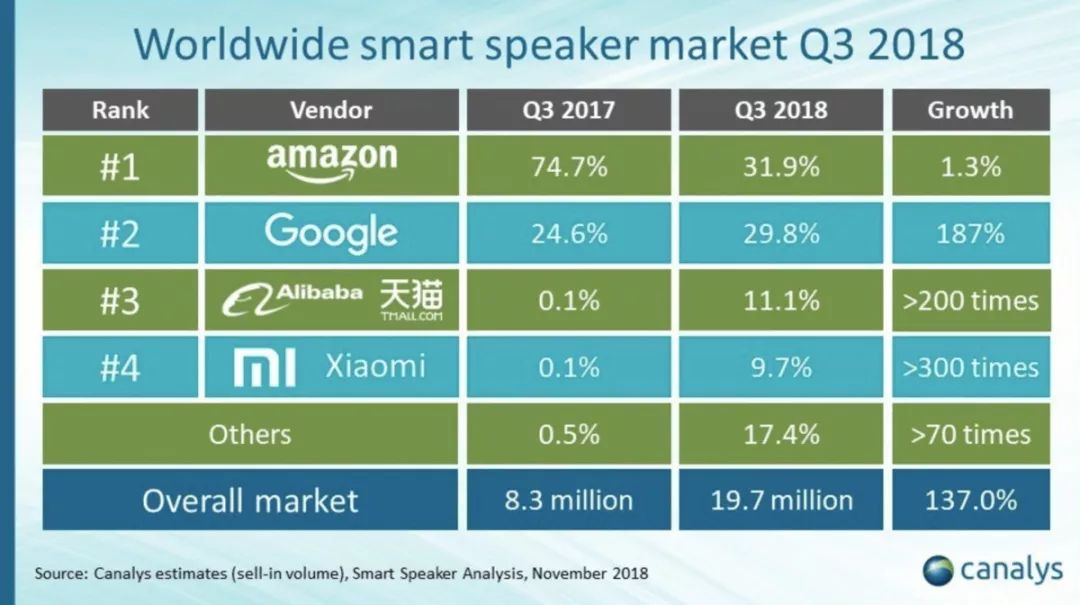
In the Chinese market, the low-price segment is crowded, while the high-end market lacks strong competitors. After all, the HomePod is priced at 2799 yuan, compared to most speakers priced in the hundreds.

A Product That Validates Apple Fan Faith
If you are an Apple fan using products like the iPhone and iPad and are accustomed to Apple Music’s music service, then the HomePod is very friendly to you.
The HomePod is very easy to set up; you just need to connect it to the same Wi-Fi network as your iPhone or iPad. When you bring your iPhone close to the HomePod, a setup interface will automatically pop up on the iPhone screen. With simple language, usage scenarios, and personalized requests, you can quickly set it up and then wake it up with “Hey, Siri.”
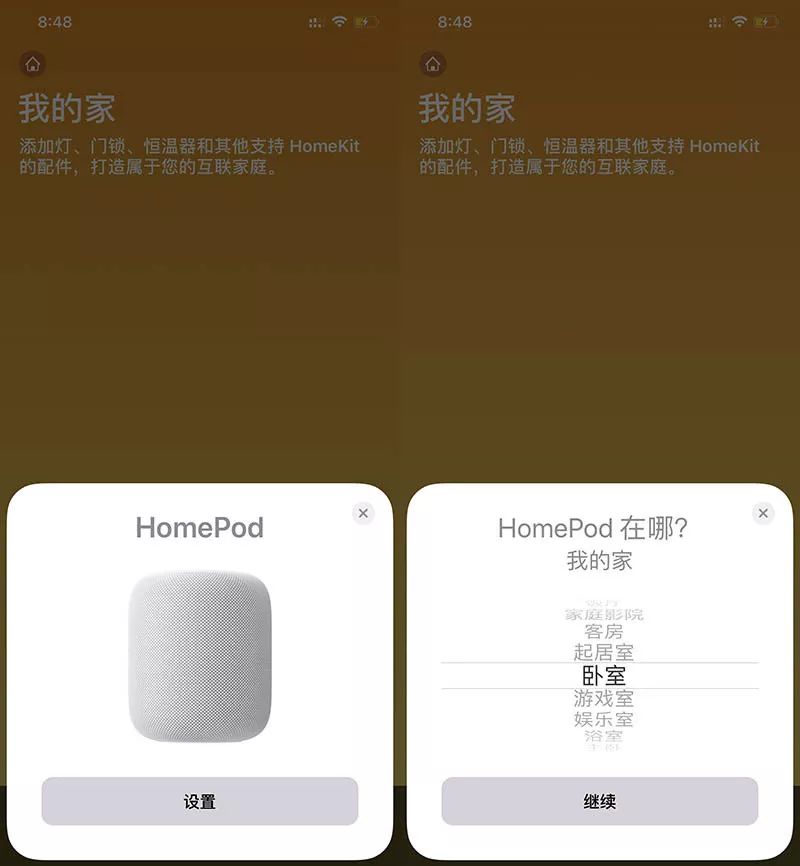
The setup process for the HomePod is straightforward, just follow the system prompts.
The addition of Siri gives the HomePod an intelligent label, but it is essentially a speaker for listening to music. The HomePod is powered by the same A8 chip found in the iPhone 6 and 6S, surrounded by six microphones, designed to hear you say “Hey, Siri” even from the other end of the room with loud music playing.
In terms of sound quality, the HomePod features a high-amplitude bass driver and a custom amplifier. The seven-beamforming tweeter array, with each unit having its own function, results in smooth and pleasant high-frequency sounds from every direction, creating an extremely spacious sound field that provides a sense of width and depth.
During the experience with this product, one particularly interesting aspect is that the HomePod adjusts the sound range based on its placement, intelligently sensing the environment and adjusting the sound it emits.
For example, if the HomePod is placed in a corner of the room, the speaker will notice the change in the area and compensate by lowering certain frequencies for clearer sound, directing the sound towards the room rather than the wall. If you move the HomePod to another location, it will adjust in real time.
This means that no matter where you are in your home, the music from the HomePod will not leave you with a bad experience, making it sound great as soon as you plug in the speaker.
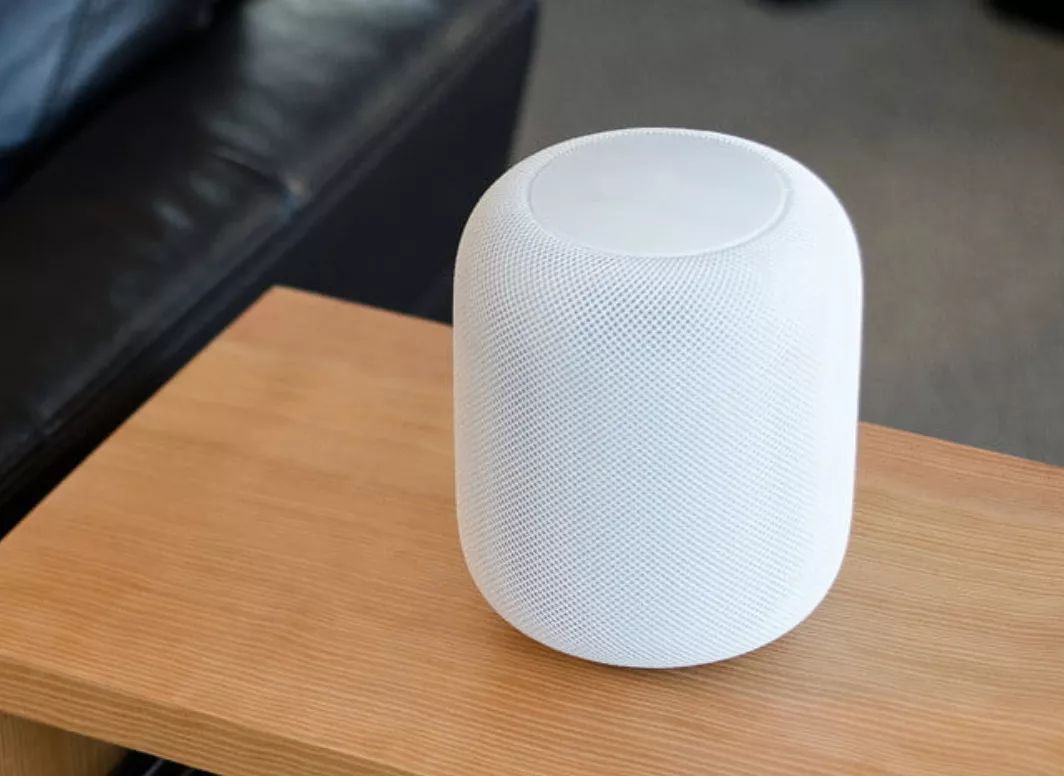
Apple’s pursuit of music has existed since the iPod era, and even now, Cook openly states that music is part of Apple’s DNA. Perhaps this is precisely why the HomePod is an excellent music speaker.
It also adheres to Apple’s product philosophy of integrating hardware and software; the HomePod currently only supports Apple’s own Apple Music, deeply binding it to Apple’s ecosystem. Of course, this does not mean it cannot play music from other sources. Through AirPlay, the HomePod can listen to many commonly used online music or audio apps, such as QQ Music or Qingting FM. During playback, you can also use Siri to control volume, skip songs, etc., but only for that.
However, if you are an Android user, the HomePod will be completely useless to you. Those who have used AirPods may find that AirPods can be compatible with Android devices, although the connection and sound quality may be compromised, but the HomePod is completely incompatible with Android devices.
Apple’s product strategy has always been to reserve the best for its own users, and this is particularly evident in the HomePod. To what extent? During your use of the HomePod, you may even feel locked in a “little black room,” which is Apple’s ecosystem, where you live as a user solely in Apple’s ecosystem, while other systems are directly shut out.

HomePod’s “10% Intelligence”
Through the experience with the HomePod, there is a clear perception that Apple seems to have spent 90% of its effort on sound quality, leaving only 10% for intelligence.
To highlight the sound quality experience in the room, Apple allows two HomePods to combine for stereo sound effects, making music sound better than any other type of speaker. This combination and connection are not limited to sound quality; when one person sets it up with their iPhone and iCloud account, other family members can control it using voice commands, simply by inviting them into the “Home” app.
As a music speaker in the room, this connection and interaction between family users can be said to be quite friendly. At the same time, although multiple people can control it, Apple has implemented end-to-end encryption and communication for user privacy protection. Apple states that almost all information transmitted back and forth from the HomePod over the internet is secure and anonymous, and the only information shared with Siri and Apple is your listening history, which is used to build custom playlists to suit your musical taste.
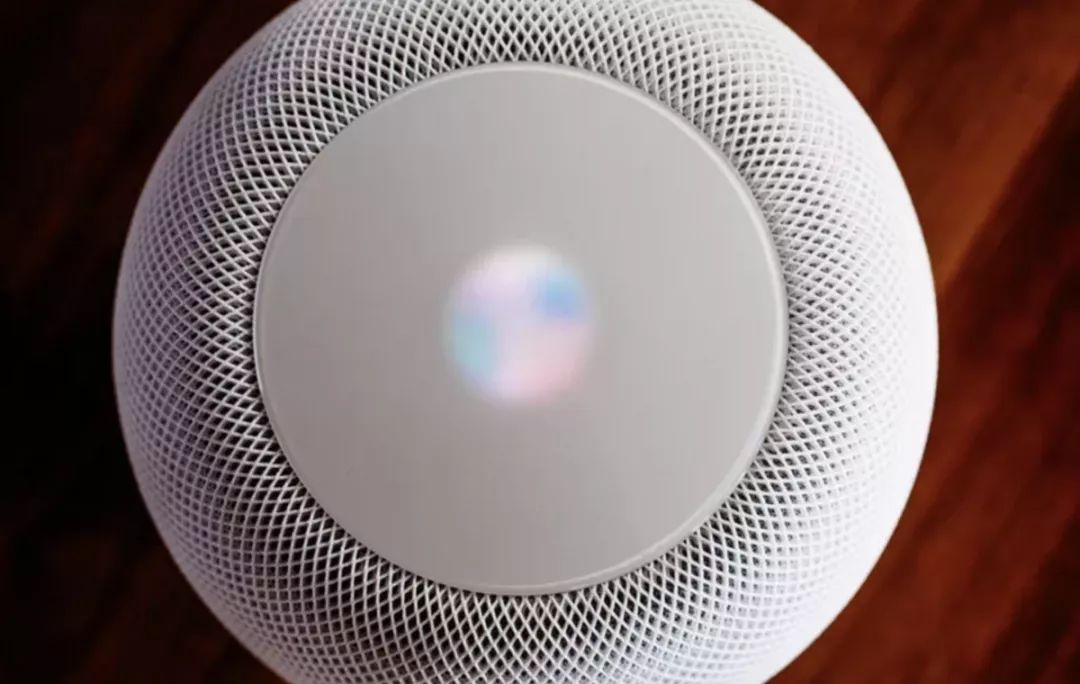
In daily life, some basic skills of Siri can meet the needs, such as asking about the weather, checking locations, getting game information, or even asking it how to translate a certain Chinese phrase into English.
Siri’s greater value, we believe, lies in controlling IoT devices such as smart lights, smart locks, and smart thermostats through Apple HomeKit while playing music.
HomeKit is Apple’s smart home platform released in 2014, and it has been nearly five years since then. What it does is not very obvious to users, and the compatible home products are pitifully few.
The arrival of the HomePod gives us some hope and change. Now, you can go to the “Home” app, add your devices, and they will be operated through Siri voice commands. You can go further and set up scenes like “Good Morning,” where a scene could turn on the kitchen lights, start the kettle or rice cooker, and if you wish, start playing a morning playlist.

In addition to using Siri voice control, you can also directly control the HomePod’s music playback using the control center and Apple Music.
In China, BAT, Xiaomi, and Huawei have long been laying out in the smart home field. Internet giants want to be connectors while also needing to pull in traditional appliance giants’ products, but the problem is the lack of industry standards, incompatible interfaces, and each drawing their own lines. They can never become the IKEA of the smart home era. Why? Each has their own calculations, with platforms wanting to seize entry and user data, while manufacturers just want to sell products.
Only giants like Apple can do this. The reason is simple: Apple has a supporting hardware and software ecosystem, and it relies on its unique ecosystem to create a product that encompasses smart home scenarios with the HomePod, allowing some people to see the future of the Internet of Everything in the 5G era; manufacturers just need to connect.

AirPods of Smart Home Scenarios
For individuals, the most anticipated product in the past two years is not the iPhone, nor the HomePod, but when the second generation of AirPods will be released. Although it only exists as an accessory, AirPods have already proven their ambition to be more than just an accessory in the market.
Although Apple has not disclosed the sales of AirPods, KGI Securities analyst Ming-Chi Kuo stated that Apple AirPods sales doubled in 2018, reaching 26 million to 28 million pairs.
The Royal Bank of Canada also predicted that AirPods will soon become one of Apple’s most popular products, with sales reaching 20% of iPhone sales, and annual revenue potentially reaching $6 to $7 billion.
In a certain sense, the HomePod has a subtle relationship with AirPods; their core technologies are reflected in the products, but they revolve around music services and scene connections. For example, both are based on Apple Music, enhancing the user experience of controlling music, and both can be controlled through Siri, while outperforming most similar products in terms of music output.
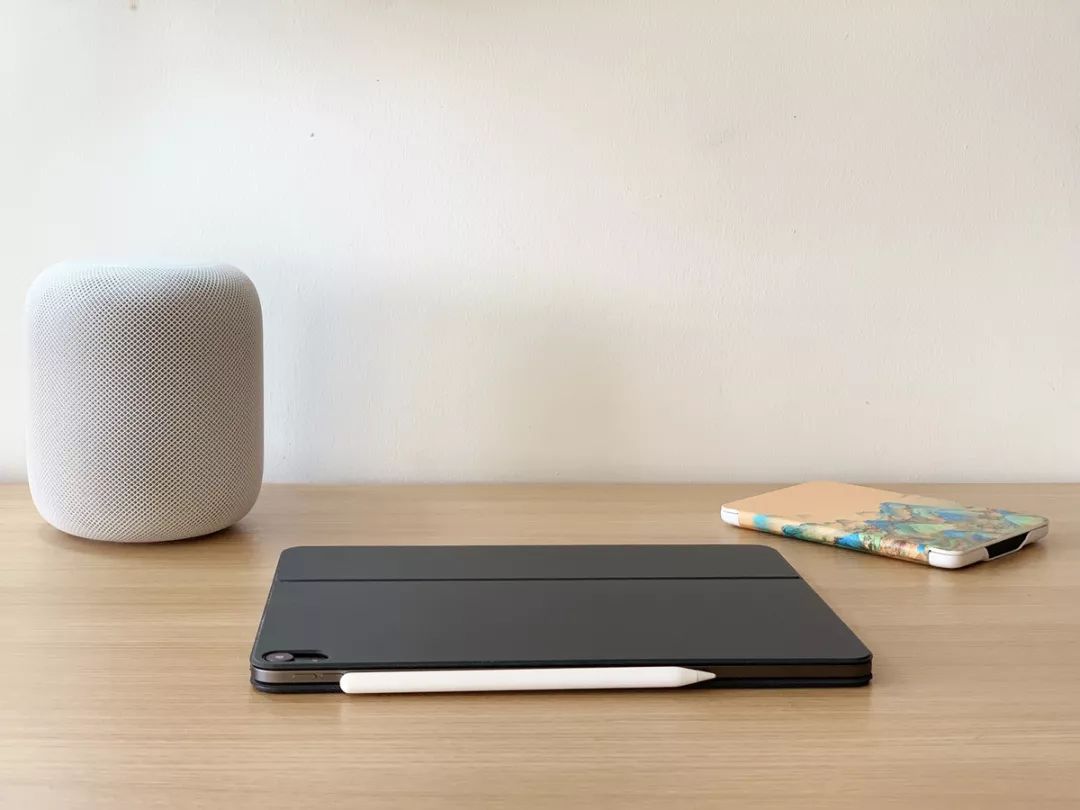
The difference is that AirPods focus on outdoor mobile life, while the HomePod is geared towards smart home living. AirPods aim to let you go out freely, while the HomePod is designed for you to relax and enjoy music after a tiring day at home.
In the AirPods and HomePod, we can actually reflect some changes in Apple. In the early days of the smartphone revolution driven by the iPhone, Apple was focused on giving you an amazing hardware product, then retaining users with its software ecosystem.
But now that the number of Apple device users has reached a certain level, hardware seems more like “a service.” For example, with the HomePod, Apple seems to want to tell the tens of millions of Apple Music subscribers that their living rooms lack a speaker like the HomePod that can seamlessly integrate with Apple services and is focused on high-quality music.

Apple’s Strategy Seems to Have Changed
Apple has faced many troubles in recent years, and since Cook took over from Jobs, the market’s doubts about the company have not stopped.
Recently, the most attention-grabbing event was Cook’s open letter to investors that caused a “earthquake” in the stock price. In this letter, Cook lowered Apple’s revenue guidance for the first quarter of fiscal year 2019, which corresponds to the fourth quarter of 2018, from $89 to $93 billion to $84 billion, and candidly admitted to underestimating the slowdown in some core emerging market economies, particularly the slowdown in demand for iPhones in Greater China.
Wall Street analysts and some investors believe that the slowdown in iPhone sales indicates weak revenue for Apple. In fact, since Apple stopped disclosing sales data for its smart devices, it has somewhat represented Apple’s awareness of its lack of confidence in hardware sales. However, although iPhone sales have not met expectations, this has not affected users’ spending on software services.
In the lead-up to Christmas 2018 and during New Year’s 2019, App Store revenue reached $1.22 billion, with users spending over $322 million on New Year’s Day alone, setting a new single-day record.
A report from Barron’s stated that iPhone users may not upgrade as frequently, but their spending within the ecosystem is higher than ever, indicating that users are not lost. In the third quarter of 2018, Apple’s financial report showed that although sales of smart devices remained flat compared to previous years, service revenue from iCloud, iTunes, and Apple Music grew by 24%, reaching $37.2 billion.
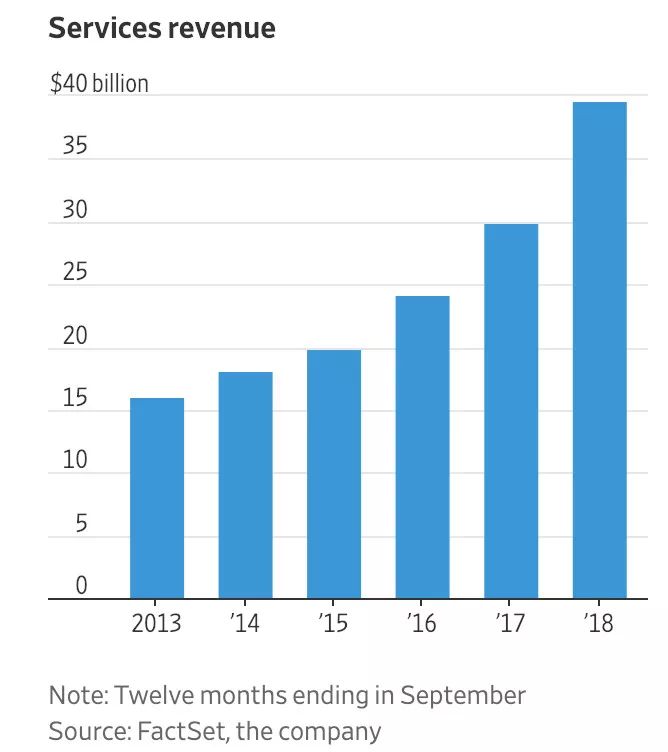
The service business has become Apple’s fastest-growing segment; in 2017, Cook set a goal to grow this business to $50 billion by 2020.
Clearly, in a slowing smartphone market, Apple is trying to find ways to grow revenue through services, which is why we cannot simply view the HomePod as a pure hardware product; it highlights music and smart home services more.
Cook himself, in an interview with CNBC, also downplayed the impact of the iPhone on the company, stating that last year Apple had $100 billion in revenue that did not come from the iPhone. Apple’s service revenue has grown from over $7 billion in 2010 to over $41 billion in fiscal year 2018.
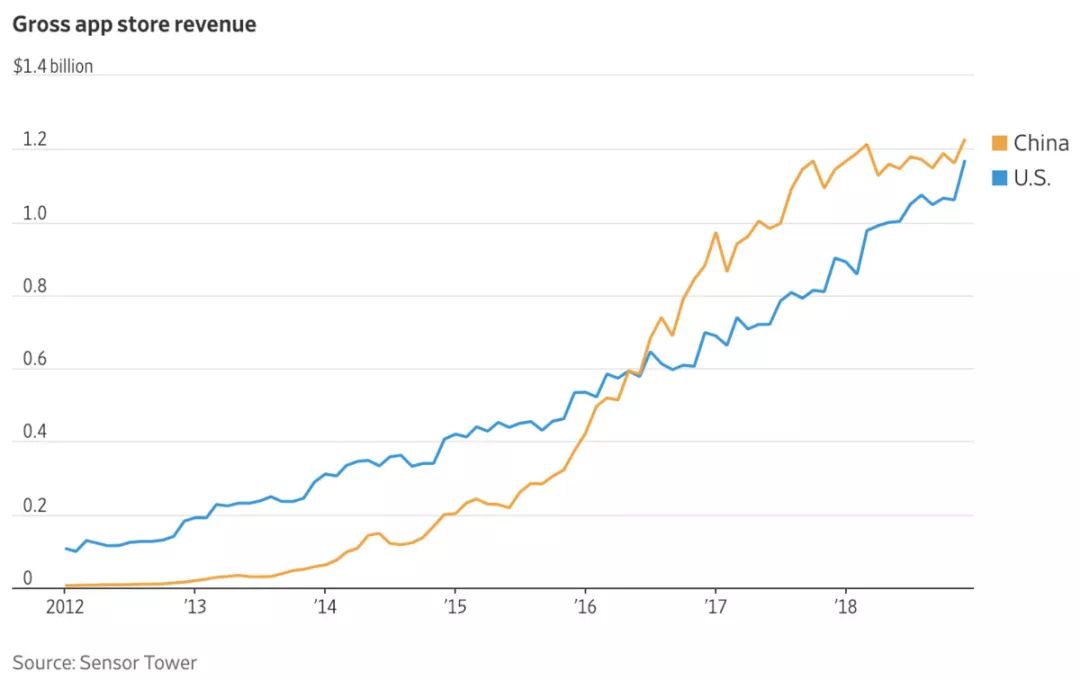
In 2018, App Store sales in China grew by 14%, with a compound annual growth rate of over 120% from 2012 to 2018.
To drive growth in the service business, Apple has even considered how to extend its software and services beyond the iPhone. Just at the recently concluded CES, Samsung announced a partnership with Apple to integrate iTunes into its new TVs in 2019. Meanwhile, LG and Sony’s new TVs will support video playback from Apple devices in the future.
Clearly, Apple’s series of actions indicate that it is seeking to provide more cross-platform and cross-device plans for its services, trying to become a service provider. Such changes are rare for Apple, which has always held control, but this company clearly realizes that change is imminent. After all, when the halo of the iPhone fades, Apple can only hold onto the rapidly growing service business as a lifeline.
Star 36Kr to get the latest news in the circle every day.
Become an advanced internet person



Recommended Reading
Click the image to read
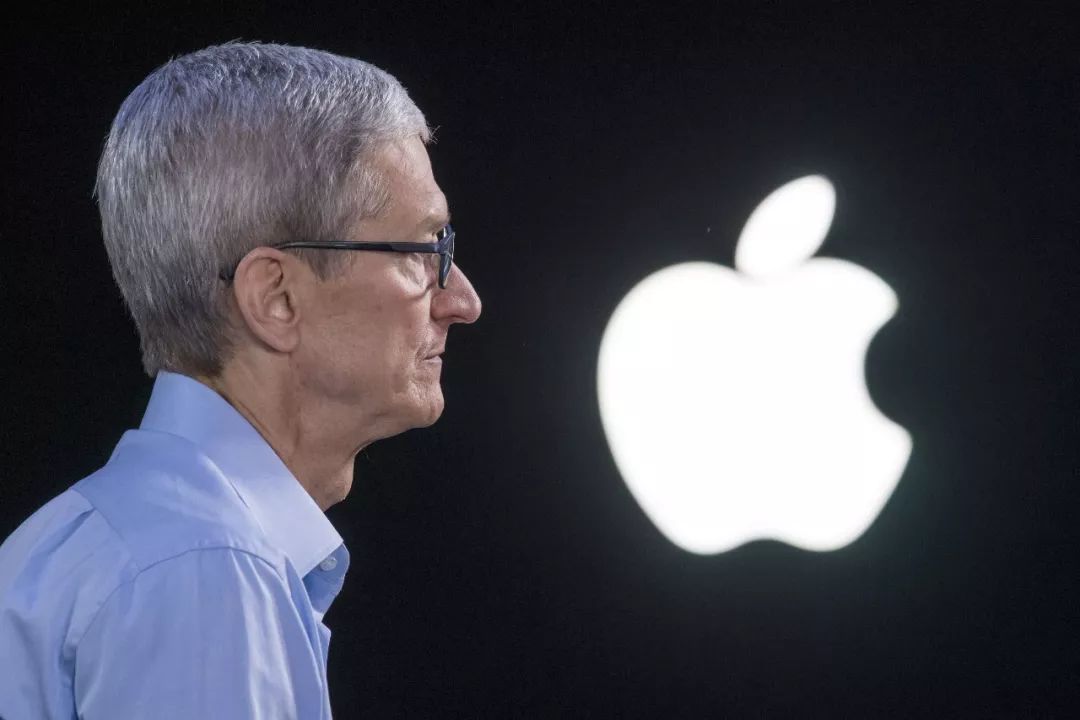
Apple is in Decline, Causing Anxiety in the Entire Business World
